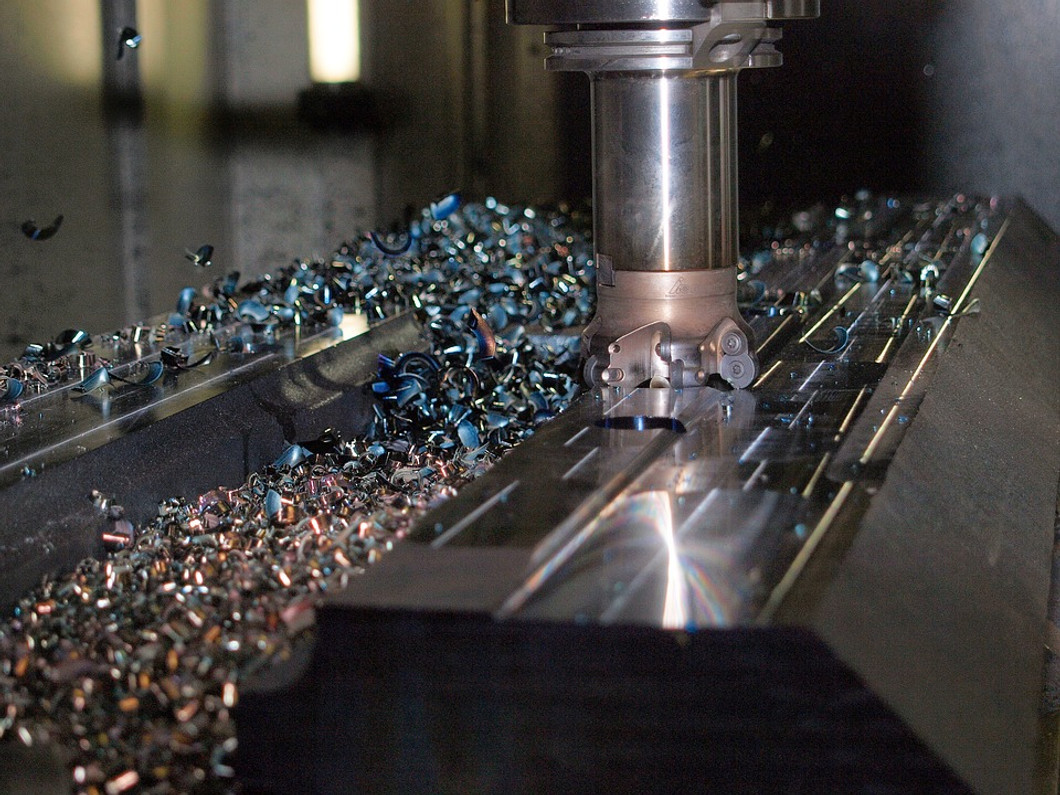What Are Nip Points in the Manufacturing Industry?

Have you heard of nip points? In the manufacturing industry, it's a common term used by workers. Also known as pinch points, nip points occur in areas where two or more machine parts move towards each other, or when a single machine part moves towards a stationary workpiece. As a result, they pose a safety hazard for workers unless the right precautions are taken. To learn more about nip points and how to minimize the risk of injury, keep reading.
Overview of Nip Points
A nip point occurs in any area where a machine part moves to another machine part, or when a machine part moves towards a stationary workpiece. Whether it's a lathe, milling machine, etc, machines used in the manufacturing industry are incredibly powerful. As a result, they pose a serious risk of injury when improperly used. If a worker accidentally places his or her hand in a nip point, the worker may sustain a serious injury. This is why it's important for manufacturing workers to familiarize themselves with nip points.
A machine with a basic pulley, for example, has nip points at the area of the pulley when the belt meets the gear. As the belt pulls over the gear, it creates a nip point. And if a worker happens to touch this area, it may injure his or her hand. Of course, this is just one example of a nip point. There are often multiple nip points with each machine.
How to Protect Against Injury With Nip Points
You don't have to stop using a machine just because it has one or more nip points. Rather, you should take the necessary precautions to lower your risk of injury. Machine guarding, for example, offers a simple and highly effective way to protect against injury with nip points. With machine guarding, there's generally some type of physical barrier between you and the machine's nip points.
Wearing the appropriate personal protective equipment (PPE) can also lower your risk of injury with nip points. A pair of Kevlar-reinforced gloves, for instance, may protect your hands from laceration and other injuries if it's pulled into a nip point.
It's a good idea to perform all recommended cleaning and maintenance on your company's machines. When a machine isn't properly maintained, workers who use it are at greater risk of injury.
You can check out the Occupational Safety and Health Administration's (OSHA's) woodworking etool for more information on nip points.
Recent Posts
-
Fire Safety in the Workplace: What You Need to Know
What steps are you taking to prevent fires in your workplace? According to the U.S. Occupational Saf …Aug 23rd 2023 -
Is It Safe to Go Jogging With a Cold Infection?
If you're suffering from a cold infection, you might be wondering whether it's safe to go jogging. T …Aug 22nd 2023 -
5 Safety Tips to Follow When Using a Powder-Actuated Tool
Powder-actuated tools are commonly used to join materials to steel and concrete. Also known as Hilti …Aug 20th 2023




